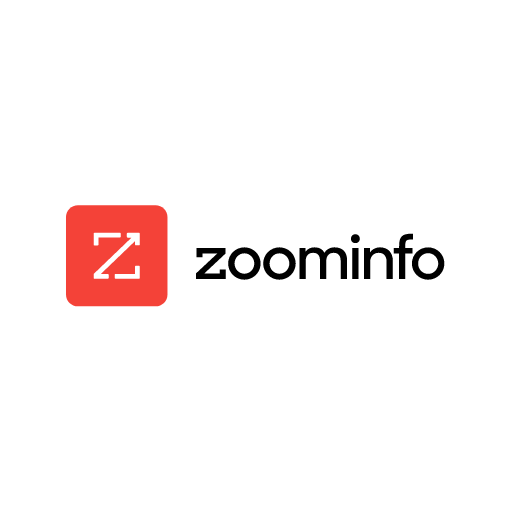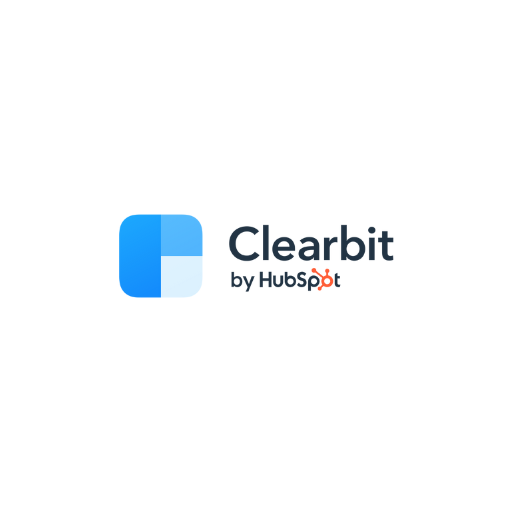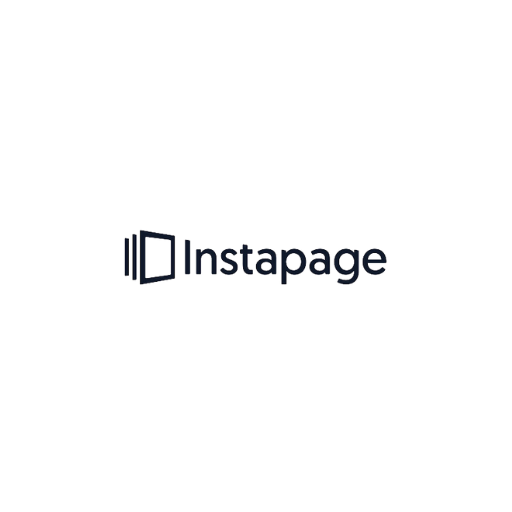Table of Contents
ToggleTable of Contents
What is lead generation?
Lead generation is the process of attracting potential customers (prospects) and converting them into leads, which are individuals who have shown interest in a company’s products or services. This essentially involves building a pipeline of potential customers who are more likely to convert into paying customers.
Why business do lead generation and the key aspects of
- Identifying potential customers:
This involves understanding your ideal customer profile (ICP) and where they spend their time online or offline. Some common methods for identifying potential customers include:
- Market research: Analyzing demographics, trends, and competitor strategies.
- Social media monitoring: Identifying users who are engaging with your brand or relevant topics.
- Website analytics: Tracking user behavior on your website to understand their interests.
- Lead magnets: Offering valuable content (e.g., ebooks, webinars) in exchange for contact information.
- Networking and partnerships: Building relationships with other businesses or individuals who have access to your target audience.
- Cultivating interest:
Once you’ve identified potential customers, you need to capture their attention and engage them with your brand. This can be achieved through:
- Creating valuable content: Educating and informing potential customers about your product or service.
- Building relationships: Engaging with potential customers on social media, email, or in person.
- Offering free trials or demos: Allowing potential customers to experience your product or service firsthand.
- Running targeted advertising campaigns: Reaching out to potential customers with relevant ads on social media or search engines.
- Converting leads into customers:
The final stage of lead generation is turning qualified leads into paying customers. This involves nurturing leads through the sales funnel by providing them with relevant information and addressing their concerns. Some effective strategies for converting leads include:
- Email marketing automation: Sending targeted email campaigns based on leads’ interests and behavior.
- **Sales ** Making personalized calls or emails to follow up with leads.
- Case studies and testimonials: Showcasing the success of existing customers to build trust with potential customers.
- Offering incentives: Providing discounts or promotions to encourage leads to convert.
Types of Lead Generation
- Inbound lead generation: Attracting potential customers through organic methods like content marketing, SEO, and social media.
- Outbound lead generation: Reaching out to potential customers directly through email marketing, cold calling, or telemarketing.
- Paid lead generation: Buying leads from data providers or running online advertising campaigns.
Benefits of lead generation
- Increases sales and revenue.
- Improves brand awareness and engagement.
- Builds a loyal customer base.
- Helps you understand your target audience better.
- Provides valuable data for marketing and sales campaigns.
How Lead Generation effect on business in 2024
In 2024, lead generation is expected to play a crucial role in business success as the market landscape continues to evolve. Here’s how lead generation is likely to impact businesses:
Increased Importance:
- Shifting Buyer Behavior: Customers are taking control of their research and purchasing decisions, making it harder for businesses to reach them through traditional methods. Lead generation will be crucial for attracting and engaging potential customers in this new landscape.
- Competitive Advantage: In a saturated market, businesses with efficient lead generation strategies will have a significant advantage in attracting and converting customers.
- Data-Driven Approach: Businesses will increasingly rely on data to optimize their lead generation efforts, ensuring they are targeting the right audience with the right message at the right time.
Emerging Trends:
- Hyper-Personalization: Lead generation will become more personalized, with content and messages tailored to individual needs and interests.
- Intent-Based Targeting: Businesses will focus on reaching out to potential customers when they are actively researching products or services, increasing the likelihood of conversion.
- Social Media Integration: Social media platforms will offer new tools and features for lead generation, making it easier to connect with potential customers and build relationships.
- Focus on Quality Over Quantity: Businesses will prioritize acquiring high-quality leads that are more likely to convert rather than focusing on sheer volume.
- AI-Powered Automation: Artificial intelligence will play a bigger role in automating lead generation tasks, freeing up time for sales and marketing teams to focus on more strategic initiatives.
Impact on Businesses:
- Improved Sales and Revenue: Effective lead generation will lead to a higher sales pipeline and ultimately increased sales and revenue.
- Reduced Costs: By focusing on qualified leads, businesses can reduce wasted time and resources on leads that are unlikely to convert.
- Better Customer Relationships: Lead generation can help build stronger relationships with potential customers by nurturing them through the sales funnel and providing them with valuable information.
- Enhanced Brand Awareness: Effective lead generation campaigns can increase brand awareness and recognition among target audiences.
- Data-Driven Decision Making: Lead generation data can provide valuable insights into customer behavior and preferences, which can be used to make better decisions across the business.
Challenges and Considerations:
- Privacy Concerns: Businesses need to be mindful of data privacy regulations and ensure they are collecting and using data ethically.
- Technology Adoption: Implementing new lead generation technologies requires investment and expertise.
- Shifting Platforms: Businesses need to adapt their lead generation strategies to keep pace with evolving platforms and user preferences.
- Competition: The competition for qualified leads will continue to intensify, requiring businesses to stand out and offer unique value propositions.
Overall, lead generation in 2024 will be more important than ever for businesses to succeed. By understanding the evolving trends, embracing new technologies, and prioritizing quality over quantity, businesses can develop effective lead-generation strategies that drive sales and revenue growth.
List of Best Lead Generation Tools 2024

HubSpot
Software that's powerful, not overpowering. Seamlessly connect your data, teams, and customers on one customer platform that grows with your business.

LinkedIn Sales Navigator
It's crucial to spend your time on the right accounts. Sales Navigator provides the data and insights to help you prioritize the accounts with the biggest opportunity and best chances so you can use your time wisely.

Hunter
Hunter is your all-in-one email outreach platform. Find and connect with the people that matter to your business

ZoomInfo
Find and close your next customer before your competitors do with our all-in-one platform that tells you who to reach and how to reach them. With ZoomInfo, you can unite sales and marketing teams .

Clearbit
Sales Prospecting for HubSpot Identify target accounts, reveal buying intent, connect with decision makers.

Seamless.ai
Our sales software finds verified cell phones, emails, and direct dials for anyone you need to sell to. Get 50 free credits with no credit card down and discover why 500,000+ companies use Seamless.AI to grow their business.

Unbounce
With Unbounce’s AI-powered landing page creation and optimization platform, you can build higher-converting campaigns that’ll help you scale your marketing without limits.

Instapage
Power your campaigns and turn more ad clicks into customers with all the intuitive experimentation, optimization, reporting, and growth tools you need—all in one place.

Leadpages
Make your business dreams a reality with high-converting landing pages and websites, a full suite of conversion tools, expert lead generation training, and conversion rates that are triple the industry average.

ClickFunnels
Getting People To Your Website And Turning Them Into Happy Paying Customers Is What We Do Best.
FAQ
The “best” tool for lead generation depends on your specific industry, target audience, and budget.
Generating leads in 2024 will require a focus on personalization, omnichannel engagement, and data-driven strategies. Here are some key trends and strategies you can use to generate high-quality leads in the coming year:
Hyper-personalized content
Predictive analytics
Interactive experiences
The future of lead generation is bright and exciting, driven by advancements in technology, evolving consumer behavior, and the growing need for personalized experiences.
The “best” lead generation software and tools depend heavily on your specific needs and goals. However, here are some popular options for different categories:
- OptinMonster: Offers diverse popups, forms, and slide-ins to capture email addresses and convert visitors.
- Mailchimp: Combines email marketing with website forms and landing pages for lead capture and nurturing.
- HubSpot Marketing Hub: Provides a comprehensive marketing suite with tools for website capture, forms, landing pages, and email marketing.
- Unbounce: Focuses on landing page creation and optimization for lead capture.
- Leadpages: Offers a drag-and-drop landing page builder with built-in forms for lead capture.
High-quality leads are potential customers who are highly likely to convert into paying customers.




